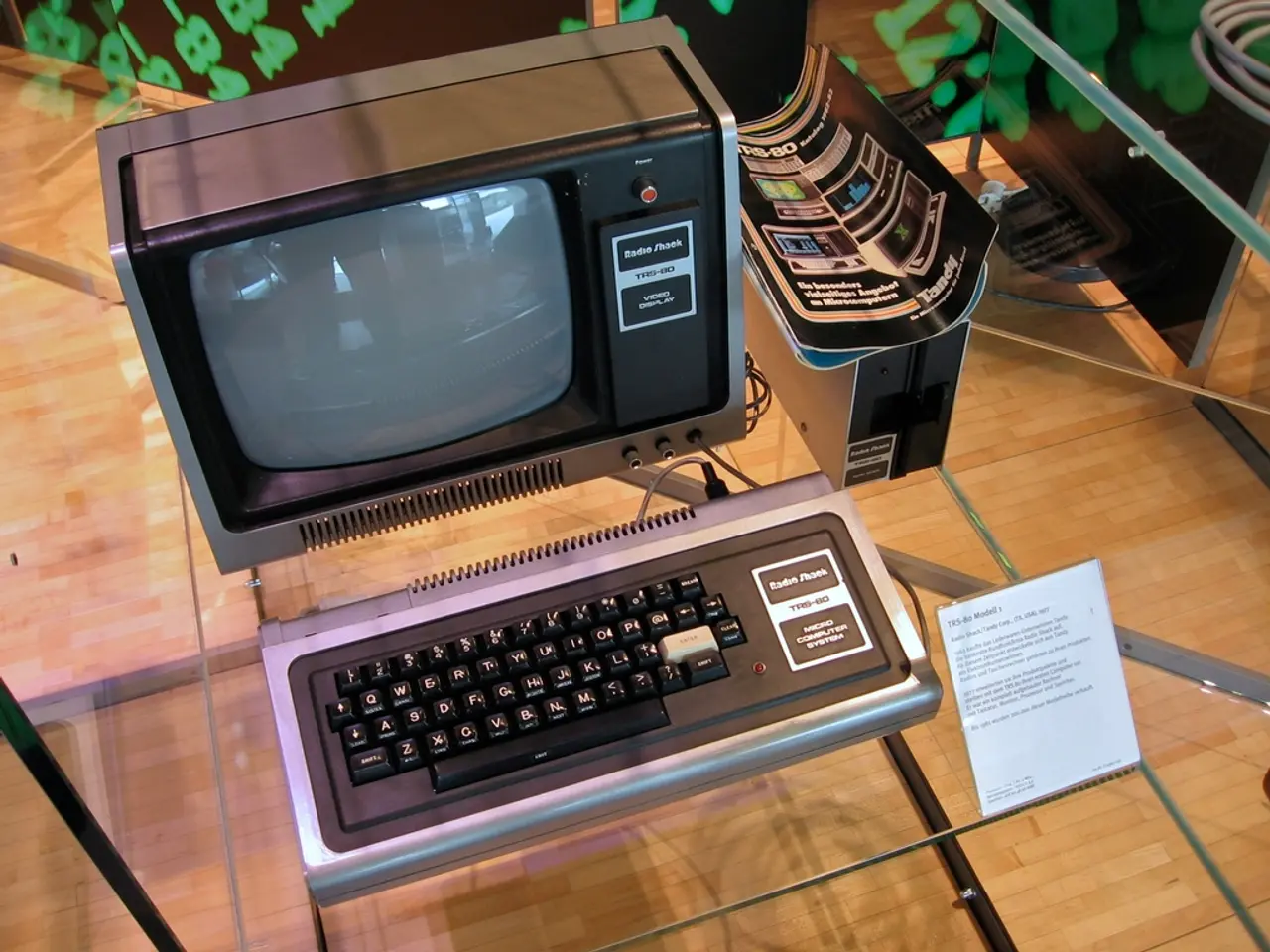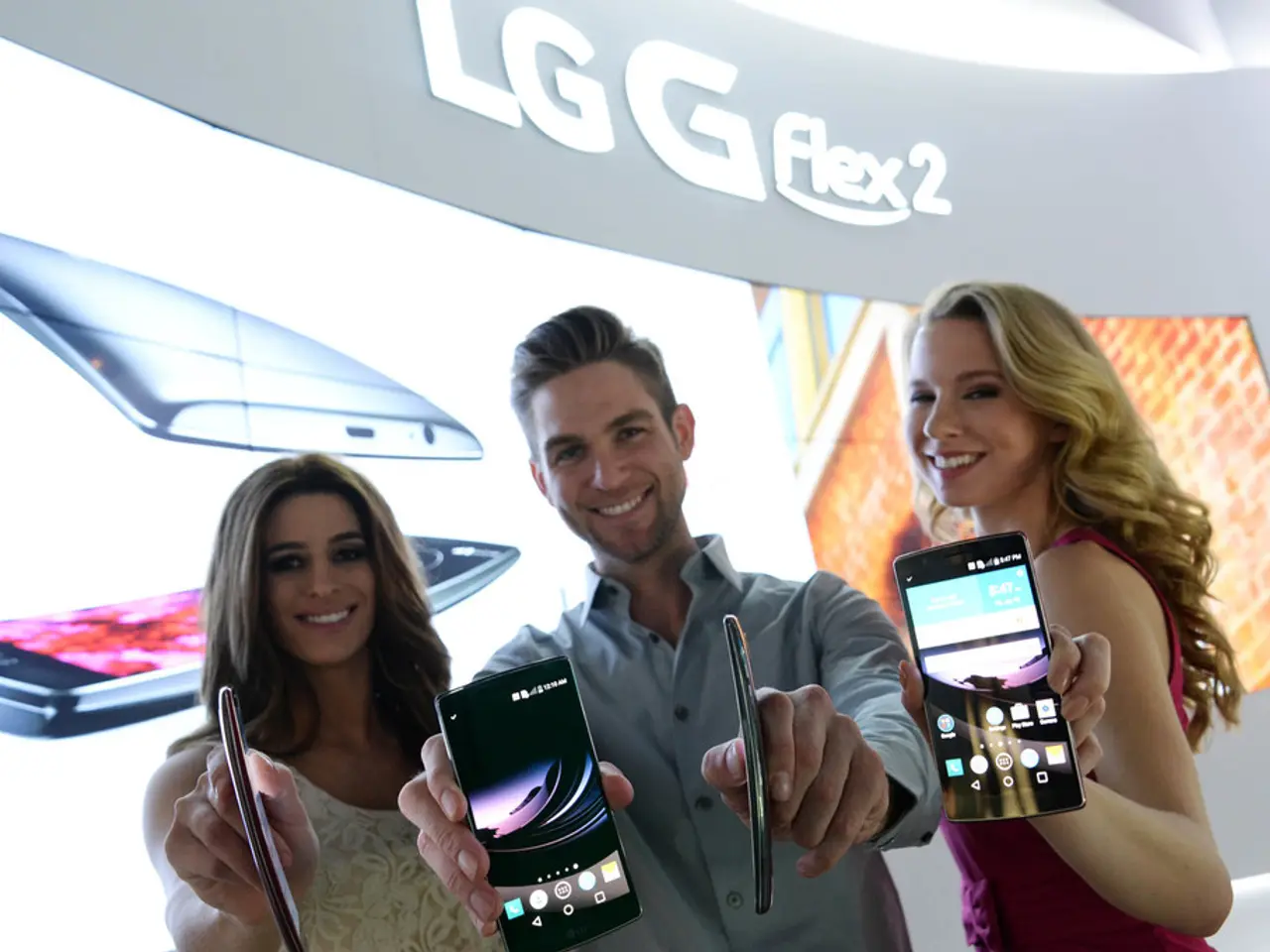Ford's Q2 earnings take a hit due to tariffs, but the car manufacturer offers a sneak peek of significant electric vehicle announcements
Ford Faces Profit Pressure Amidst Tariff Challenges and BEV Losses
Ford, the American automaker, reported a net loss of $36 million in Q2 2025, as escalating tariffs and difficulties in its battery-electric vehicle (BEV) program take a toll on its profits. The company's current profit outlook has been revised, with Ford now projecting annual operating income between $6.5 billion and $7.5 billion for 2025, down from an earlier forecast of $7 billion to $8.5 billion.
Despite the challenges, Ford's traditional internal combustion engine (ICE) vehicles, under the Ford Blue banner, reported a healthy EBIT of $661 million for Q2 2025. However, the company expects to lose up to $5.5 billion on its BEV and software business in 2025, despite revenue growth in that segment.
Tariffs have particularly affected Ford's competitiveness, with import duties on parts from Canada and Mexico remaining high, while tariff reductions on imports from Japan give Asian rivals an advantage. CEO Jim Farley highlighted that tariffs increase the costs of Kentucky-built vehicles compared to Japanese-made Toyota models by several thousand dollars, putting Ford at a pricing disadvantage.
Ford's BEV unit, the Ford Model e, saw a 105% increase in revenue for Q2 2025, reaching $2.4 billion. However, the unit is still incurring losses, amounting to $1.329 billion in Q2 2025. Ford's total revenue for Q2 2025 was $50.2 billion, with adjusted earnings before interest and taxes at $2.1 billion.
In the U.S. market, Ford sold 612,095 vehicles in Q2 2025, a 14.2% increase from a year ago. Ford Pro, the company's commercial vehicle unit, reported an EBIT of $2.3 billion with a margin of 12.3%, on revenue of $18.8 billion.
CEO Jim Farley is optimistic about the long-term prospects and plans to unveil a BEV manufacturing complex in Kentucky in mid-August, referring to it as a "Model T moment". He is also targeting a $1 billion improvement in material costs as a partial offset to tariff expenses.
Ford's Q2 2025 electrified-vehicle sales totaled 82,886, up 6.6% from Q2 2024. The company's paid subscriptions for Ford Pro grew by 24% year-over-year to 757,000.
Despite the tariff challenges, Ford's domestic production accounts for about 80% of the vehicles it sells in the U.S., offering some protection from the pricing disadvantage. However, Farley anticipates a significant cost advantage for Asian rivals due to reduced tariffs on Japan, lower labor costs, and favorable exchange rates.
It's important to note that Ford's tariff losses are less than those for other Detroit-based OEMs General Motors and Stellantis. However, the impact of tariffs on the pricing of certain models can be substantial. For instance, a Kentucky-built Ford Escape could cost $5,000 more than a Japan-made Toyota RAV4, while a Michigan-made Ford Bronco might be undercut by a Toyota 4Runner to the tune of $10,000.
Ford remains optimistic about its future, balancing the near-term profit pressure with its commitment to a sustainable and electrified future. The company continues its discussions with the U.S. administration to address the tariff challenges and level the playing field.
Technology advancements in the sports arena could lead Ford to explore partnerships with electric vehicle (EV) charging companies, potentially benefiting teams and stadia by reducing emissions while also streamlining their electricity needs.
Despite Farley's optimism, Ford's technology-driven push towards electric vehicles faces significant obstacles, with tariffs and the expensive transition from traditional internal combustion engine (ICE) vehicles threatening to impact profitability in this new sector.




